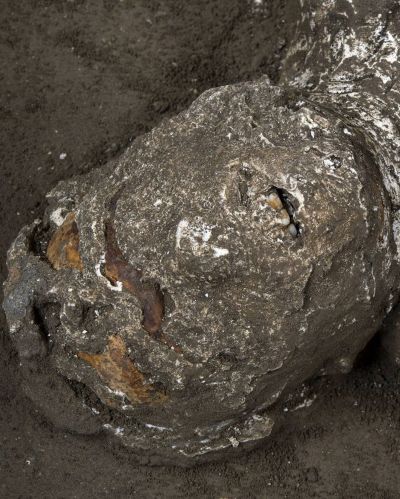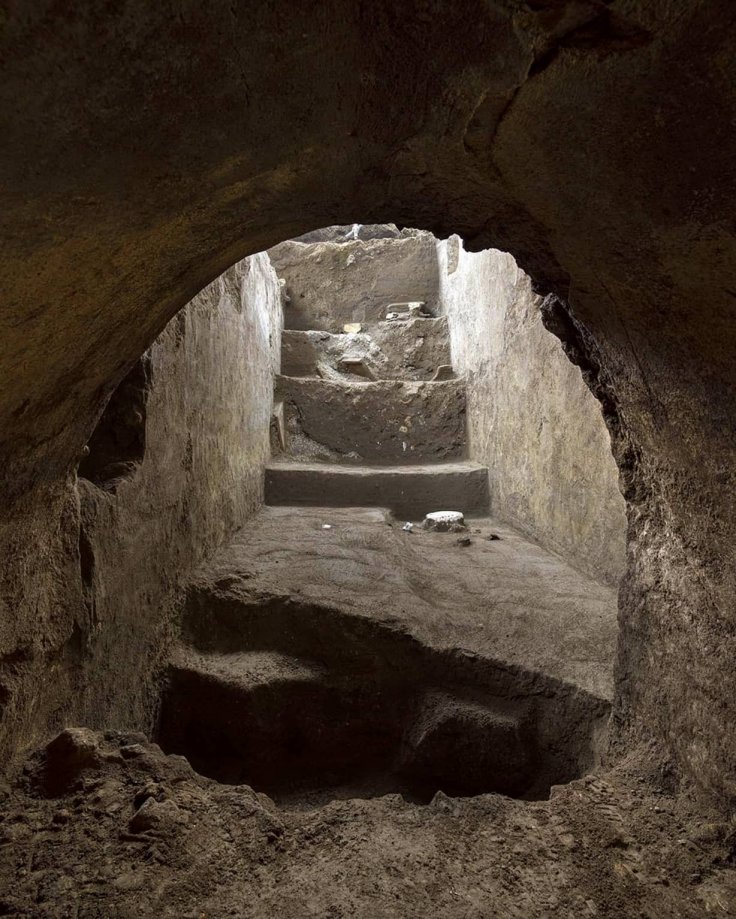Archaeologists have discovered exceptionally well-preserved skeletal remains of two men who died during the disastrous eruption of Mount Vesuvius nearly 2,000 years ago in Pompeii, said officials at the archaeological park in Italy on Saturday, November 21.
As per the park officials, these two individuals are believed to have been a rich man and his male slave. It is also said that both of them tried to escape the ancient Roman city of Pompeii in 79 AD when the volcano erupted and destroyed the entire city.
The skulls and bones of these people were unearthed during the excavation of the ruins from which used to be an elegant villa with a panoramic view of the Mediterranean Sea. The remains were found from the same area where researchers found a stable with the skeletons of horses in 2017.



Victims of Pompeii Disaster
According to the Pompeii officials, both the individuals apparently escaped the initial fall of the volcanic ash but could not survive a powerful blast from Mount Vesuvius that threw up a high-altitude column from which ash and pumice began to fall, blanketing the area next morning.
The remains of these two men, who were found lying next to each other on their backs, were discovered in a layer of gray ash at least two meters deep, said the Pompeii officials. As per the analysis, the wealthy man was probably aged between 30 and 40, wearing a woolen cloak under his neck, while the other individual was around 18 to 23-year-old, dressed in a tunic and had a number of crushed vertebrae, suggesting that he had been a slave who did heavy labor.
The officials stated that fragments of white paint were found near the middle-aged man's face that was possibly the remnants of a collapsed upper wall. Both of their remains were discovered in a side room along an underground corridor or passageway that is known in ancient Roman times as a cryptoporticus that led to the upper levels of the villa.

Massimo Osanna, an archaeologist and the director-general of the archaeological park that is operated under the jurisdiction of the Italian Culture Ministry, said, "The victims were probably looking for shelter in the cryptoporticus, in this underground space, where they thought they were better protected." The most likely situation would be on the next morning on October 25, 79 AD a "blazing cloud (of volcanic material) arrived in Pompeii and...killed anyone it encountered on its way".
Pompeii, 23 kilometers (14 miles) southeast of Naples, was used to be the home for about 13,000 people when the eruption buried it under the volcanic ash, pumice pebbles, and dust. The remains of the victims and the lost city were first discovered in the 16th century. Later the organized excavations began around 1750.









